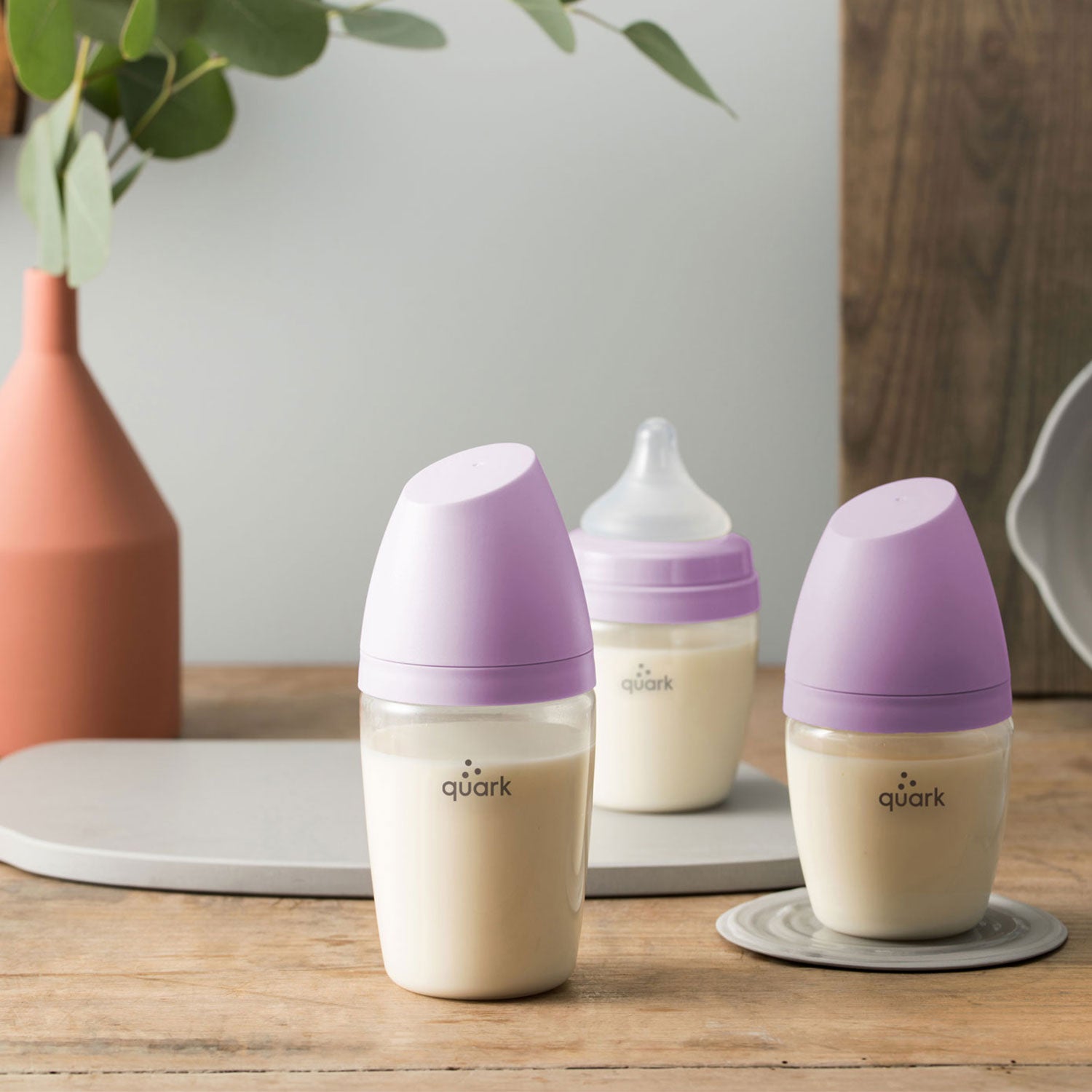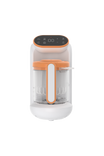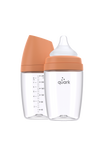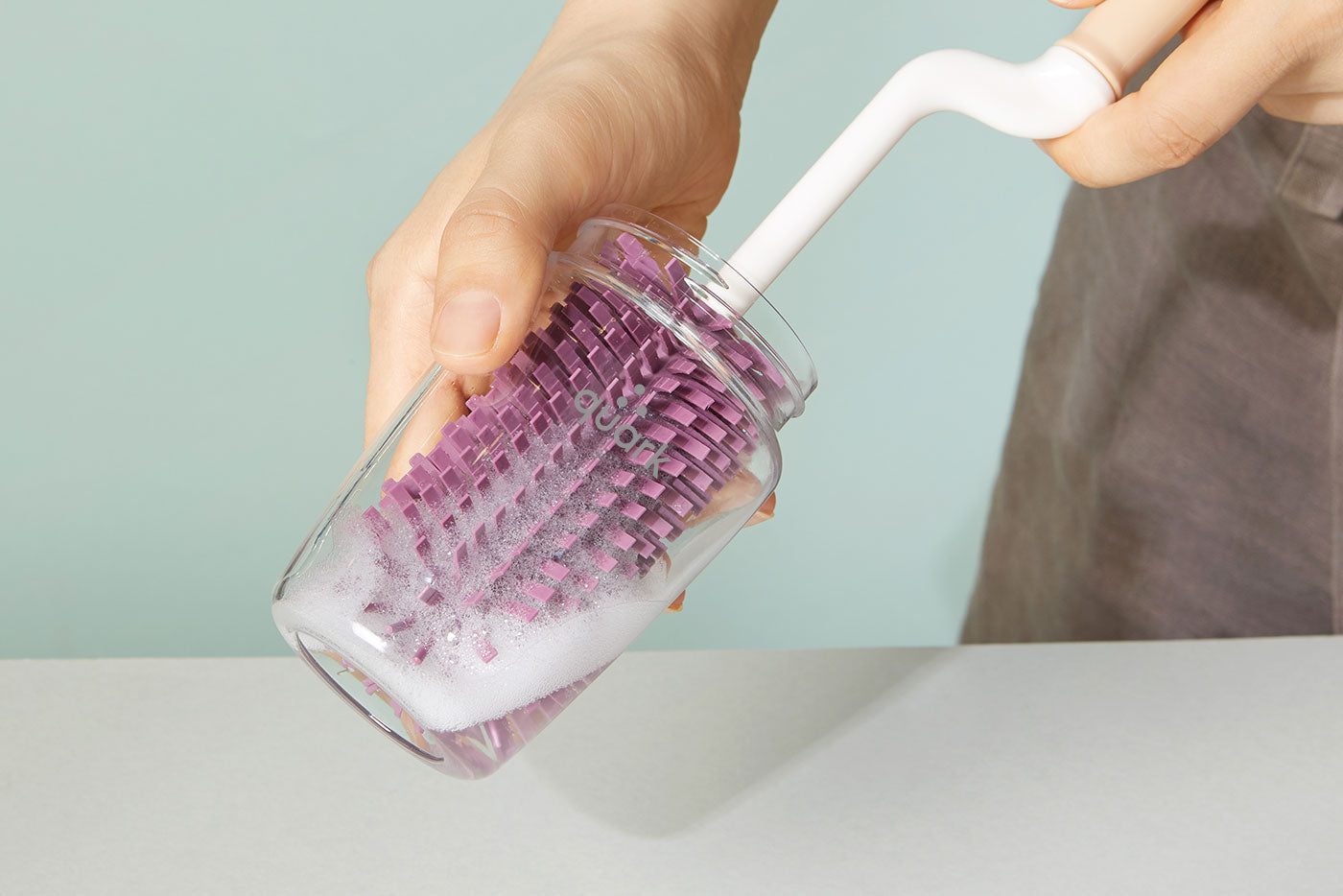Understanding Paced Bottle Feeding
Paced Bottle Feeding (PBF) is an innovative approach to bottle feeding that emphasizes baby-led feeding rhythms and enhanced infant comfort. This method positions your baby in a semi-upright posture, which significantly slows the milk flow, enabling your little one to control their intake more effectively. Unlike traditional methods where the baby lies back and milk flows passively, PBF empowers your baby to actively participate in their feeding, mirroring the dynamics of breastfeeding.
Key Benefits of Paced Bottle Feeding
Prevents Overfeeding and Promotes Healthy Growth
One of the primary advantages of Paced Bottle Feeding is its ability to prevent overfeeding—a common issue in traditional bottle feeding. By allowing your baby to dictate the pace of feeding, PBF helps in recognizing satiety cues, reducing the risk of overeating and subsequent issues like discomfort or childhood obesity.
Reduces Digestive Discomfort
Babies fed through the paced method experience less gastrointestinal distress by minimizing air intake and promoting slower, more deliberate swallowing. This reduction in swallowed air prevents the common post-feeding discomforts of gassiness and bloating, making feeding times more enjoyable for both you and your baby.
Aids in Smooth Breast-to-Bottle Transitions
For breastfed babies, PBF offers a bottle feeding technique that closely mimics the breastfeeding experience. This similarity helps reduce nipple confusion and facilitates an easier switch between breast and bottle, ensuring that breastfed babies can maintain their natural feeding behavior.
Step-by-Step Guide to Implementing Paced Bottle Feeding
Step 1: Setup for Success
Prepare a bottle with a slow-flow nipple, ideally consulting your pediatrician to choose a nipple that best mimics natural breastfeeding. This helps replicate the breastfeeding experience as closely as possible, providing comfort and familiarity to your baby.
Step 2: Optimal Positioning
Hold your baby in a semi-upright position, supporting their head and neck comfortably. This position is crucial as it aligns with the natural posture for eating and facilitates better digestion.
Step 3: Controlled Bottle Offering
Introduce the bottle horizontally, aligning it with the floor to mimic the effort required in breastfeeding. Encourage your baby to latch onto the nipple as they would at the breast, promoting active sucking and pacing.
Step 4: Responsive Feeding Technique
Allow your baby to take a few sips, about three to five, then pause briefly to mimic the natural breaks they would take while breastfeeding. This pacing helps regulate the amount of milk they consume and reduces the risk of overfeeding.
Step 5: Recognize and Respond to Cues
Continuously observe your baby’s cues for hunger and fullness. Offer more milk if they show signs of hunger or end the session if they indicate they are full. This responsiveness ensures your baby maintains a healthy appetite and reduces discomfort associated with overfeeding.
When to Consider Paced Bottle Feeding
Paced Bottle Feeding is suitable for all infants who bottle-feed, regardless of whether they are exclusively bottle-fed, breastfed, or both. It is particularly beneficial for babies who experience reflux or colic, as the upright position and controlled flow can significantly alleviate these conditions.
Additional Tips for Healthy Baby Feeding
- Monitor Hunger and Fullness Cues: Learn to recognize and differentiate between your baby’s signals for hunger and satiety. Responsive feeding according to these cues is key to successful Paced Bottle Feeding.
- Maintain Consistency: Consistency in the feeding technique helps your baby adapt to and embrace the paced feeding method, leading to a more settled and predictable feeding schedule.
- Consult Healthcare Providers: Always consult with pediatricians or lactation consultants to tailor the feeding approach to your baby’s specific needs, ensuring optimal growth and development.
Conclusion
Paced Bottle Feeding is a thoughtful, baby-centered approach that fosters a positive feeding experience, supports emotional bonding, and promotes healthy developmental outcomes. By adopting this method, you empower your baby to lead their feeding journey, paving the way for a happy, healthy infancy.
Embrace paced bottle feeding to not only alleviate common feeding issues but also to enhance your baby's overall feeding satisfaction and health.






















Laisser un commentaire
Tous les commentaires sont modérés avant d'être publiés.
Ce site est protégé par hCaptcha, et la Politique de confidentialité et les Conditions de service de hCaptcha s’appliquent.